By Conan Businge
Nowadays, for any pupils passing above aggregate 6, parents begin to worry if they will get a place in any top school in the country.
This is because the competition for places in such schools is usually high.

A case in point is in the last Primary Leaving Examinations, where 9,399 students passed with aggregate 4 and 5. In considering aggregate 4, 5 and 6, there were about 12,000 students, all competing to get in the top and traditional secondary schools, which makes the competition stiff.
However, the latest analysis by Mwalimu shows that even those students who may not be considered by traditional top schools, just because they did not get Aggregate 4, 5 or 6 in PLE, can turn out to be star performers at Senior Four or any other higher level of education.
For instance, last year, Uganda Martyrs raised its entry to aggregate 5, so did St Mary’s College, Kisubi, Gayaza High School and Mt St Mary’s Namagunga. Ndejje school stopped at aggregate 6.

Namilyango College, St Henry’s College Kitovu, Immaculate Heart Girls, Rukungiri and Maryhill High School, Mbarara all went for aggregate 6 as the lowest entry mark.
And it is likely to be the case in this academic year’s admission of Senior One, where traditional and private top-performing schools are expected to remain competitive for entrants.
King’s College, Budo is one such school, where parents scramble for a placement when national examinations results are released.
The school receives about 1,500 applications. However, only 200 students can be accommodated in one class of Senior One or Senior Five, in any given year. Trinity College Nabbingo receives about 10,000 applicants annually and only takes in 200 students at Senior One.
Such traditional schools, even when there is a decline in performance, they still maintain high entry points, because of the high demand.
Entry Will Remain High
Entry points for Senior One students may remain high because there was an increase in performance; fewer students passed with distinctions, compared to the previous year.
More students passed with aggregate 4 and 5 this year, compared to the previous year.
Last year, there were 9,399 pupils, out of the 736,942, who passed with aggregate 4 and 5. Of these, 2,584 had aggregate 4 and 6, while 815 had aggregate 5. This implies that such students only scored distinctions in all their four examination papers.
However, in 1999, there were only 8,116 students who passed with aggregate 4 and 5. There were only 2,156 pupils with aggregate 4 and 5,960 with aggregate 5.
This means the demand for vacancies in top-performing schools is set to go up when the selection opens. More so, the Uganda National Examinations Board revealed on Friday, while handing over the results to the First Lady and Minister of Education and Sports, Mrs Janet Museveni, that there was an improvement in performance for social studies and science. It was far better than it was last year.
There was just a slight drop in performance for mathematics and English. But, there was a slight performance improvement, compared to the previous year. The hike in the cut-offs or entry points for Senior One always arises from the improved performance of pupils and at times an increase in the number of candidates.
This time, the performance of the best candidates decreased, much as the number of candidate interested.

Experts Speak Out
The former commissioner for government-aided secondary schools, John Agaba, advices parents to look for great schools within their localities.
“The Government has tried to support private investment in education and opened it’s schools around the country. There is no reason to scramble for the limited slots in traditional schools.”
Dr Yusuf Nsubuga, the former director of basic and secondary education in the education ministry, says: “Parents need to look for alternative good schools, instead of struggling to access the limited few.”
He also notes that some of these traditional schools are no longer the academic giants.
Indeed, this is true, considering that most of the top 20 schools in performance at the Uganda Certificate of Education examinations are all privately owned.
Seeta High Mukono (Main Campus), St Julian High School in Gayaza and St Joseph’s Secondary School (Naggalama) are the leading Senior Four schools in academics, based on the recently released results.
They were followed by Mt St Mary’s Namagunga, St Mary’s College, Kisubi; Uganda Martyrs Secondary School, Namugongo; St. Henry’s Kitovu, Light Academy Secondary School, King’s College, Budo; Central College Mityana (Annex) and Namilyango College.
Other schools in the top ranking of the country include Notre Dame Academy, (Buseesa), Bp. Cipriano Kihangire Secondary School, St Andrea Kahwa’s College, Hoima; Seeta High School, Green Campus; Seeta High School, Mukono; Jinja Progressive Secondary School, Gayaza High School and Maryhill High School.
There was a fair competition between privately-owned and Government-aided schools in the top 20 slots of the country’s best O’level schools, unlike at the primary level, where all the slots were taken by privately owned schools.
The ranking was based on the average aggregate score, which is obtained by summing up a class’ aggregate scores and dividing it by the total number of students in the class. This is the best academically acceptable ranking that should be used in the ranking of schools.
The lower the average aggregate score, the higher the ranking. This is because the best performance at O’level is the distinction (D1 and D2) and the lowest in the failure (F9).
This would have been a different case, had it been A’level, since the higher the points, the better. In academic grading, aggregates are used at primary and O’level and points are used at A’level.

The other alternative ranking, which is at times used, though not as a good representation of performance, is the average aggregate score. The average aggregate score takes into consideration all students’ performance — the ones who are academically strong in formal education and those who are not.
(This articles was first published in the New Vision on 4th August, 2021)
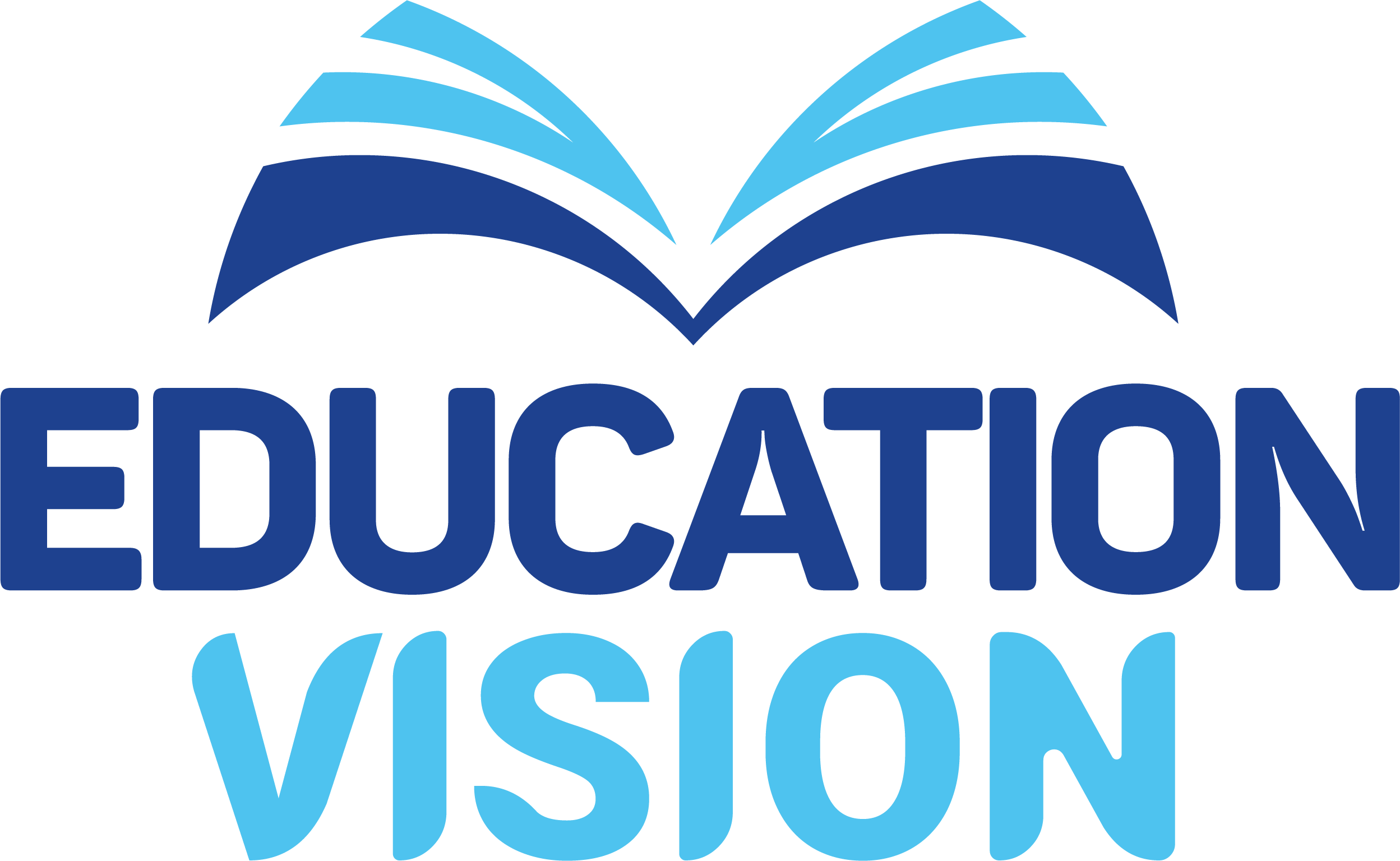


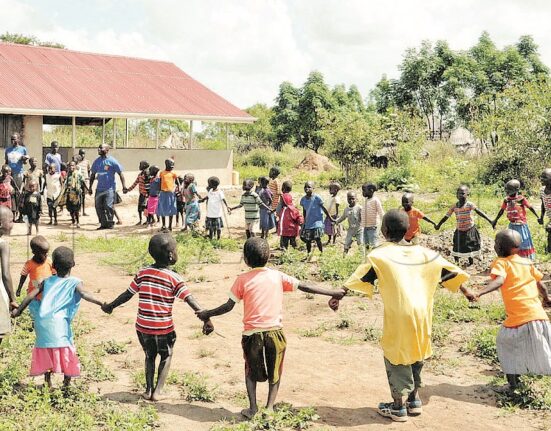
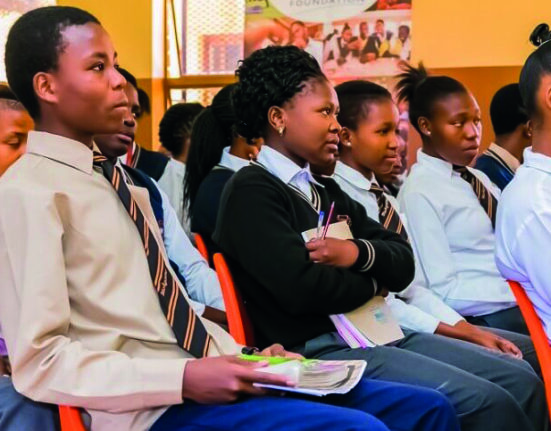
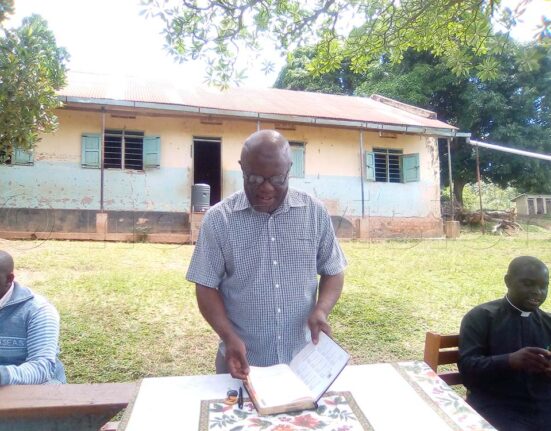
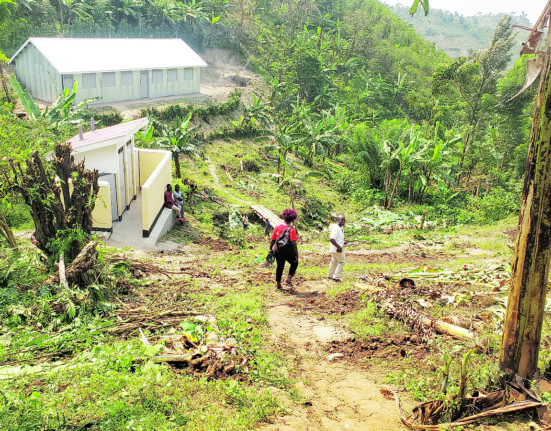

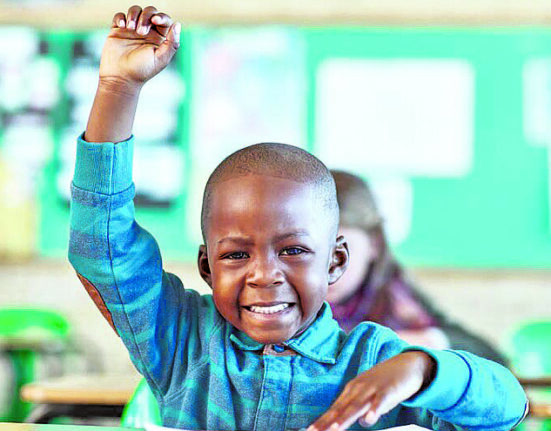
Leave feedback about this